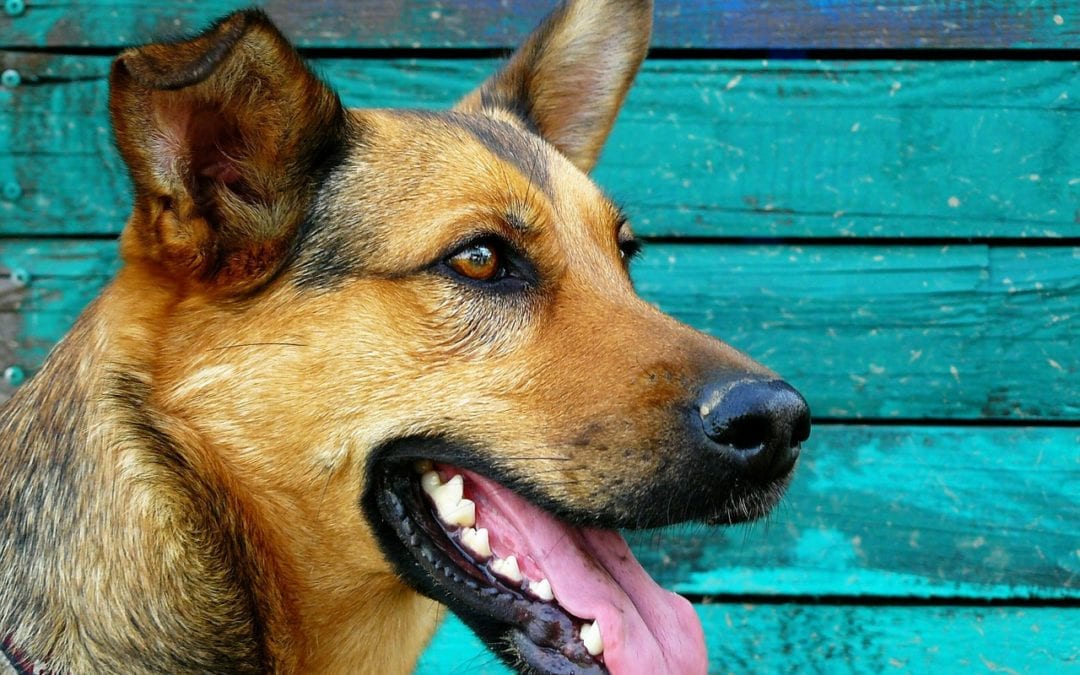Dental care is possibly one of the most neglected aspects of caring for a pet. We would never think it were okay if a person never brushed their teeth or visited a dentist, yet some pets go their entire life without any dental care at all. According to the American Veterinary Dental Association 80% of dogs and 70% of cats have some form of dental disease by the age of three.
Like us, bacteria combine with saliva and food on the teeth and gums, causing plaque to form. This plaque eventually forms a hard substance called tartar. The accumulation of plaque and tartar can lead to inflammation and destruction of the tissues that support the teeth, resulting in periodontal disease.
Untreated, this can lead to pain and infection as well as the eventual loss of teeth. The resulting inflammation and infection can cause damage to other organs such as the liver, heart, and kidneys.
Quality pet dental care is vital to pet ownership. Providing at-home care, routine oral examinations, and veterinary dental care as recommended are vital to keeping your pets happier and healthier.
Routine Oral Examinations
Your veterinarian will perform an oral examination during your pet’s wellness visits. These should occur, minimally, once a year. An oral examination can help you be alerted to early signs of a problem in your pet and also will help to determine if an examination under anesthesia is indicated.
At-Home Dental Care
Providing dental care at home is very important.
Not only can at-home care prevent and slow the progression of dental disease, but it also allows you to become more familiar with your pet and any emerging health issues. The most effective thing that you can do is to brush your pet’s teeth regularly. Ideally, this should be done on a daily (minimally every other day) basis.
Here’s what to know:
- Introduce your pet to tooth brushing slowly using lots of praise. Start by introducing your finger into the mouth for short sessions. You might dip it in something tasty like broth or tuna.
- Keep sessions short and positive.
- Once your pet tolerates your finger in its mouth, you can slowly introduce a soft, wet toothbrush or fingerbrush.
- If your pet tolerates brushing you can introduce veterinary toothpaste. These contain enzymes to help break up plaque, can be ingested (since pets can’t spit), and come in tasty flavors such as chicken and malt liver.
- NEVER use human toothpaste for your pet.
- Don’t force it. Some pets do not allow their teeth to be brushed. If your pet becomes irritated or aggressive, don’t push the issue and talk to your vet about at-home care alternatives.
Certain treats and foods have been shown to help prevent the buildup of plaque and tartar. These are particularly helpful for pets that do not tolerate brushing.
Veterinary Dental Care
Pets require comprehensive dental examination and cleaning periodically throughout their life. These exams must be performed under general anesthesia so that the oral cavity can be thoroughly examined.
After a detailed examination, the teeth are scaled on all surfaces and under the gumline to remove plaque and tartar buildup. They are then polished and a fluoride treatment applied. At this time any necessary tooth extractions or other recommended procedures would also be performed.
Pets vary as to when this type of dental cleaning is required. Your veterinarian will recommend dental cleanings when needed at your pet’s wellness examinations.
Dental health care is truly one of the most important parts of caring for your pet. Untreated, dental disease is painful and can significantly shorten your pet’s lifespan. By having routine oral examinations and dental care as recommended and providing home care where possible, you are significantly improving your pet’s quality and quantity of life.

